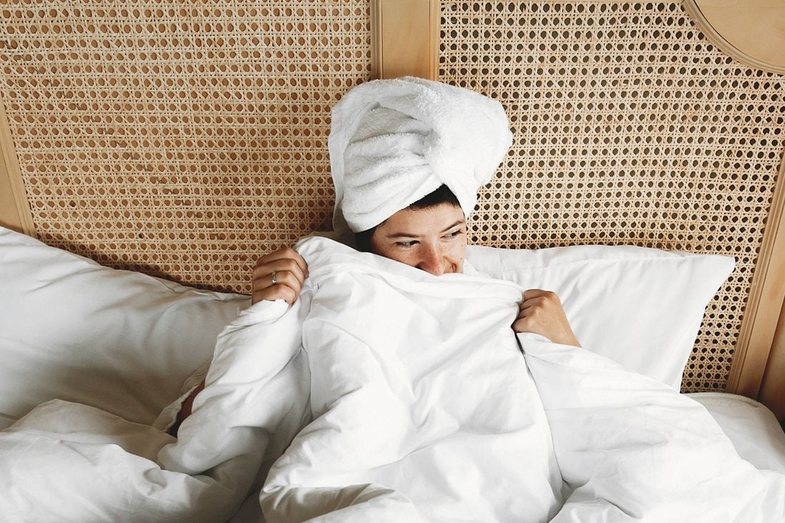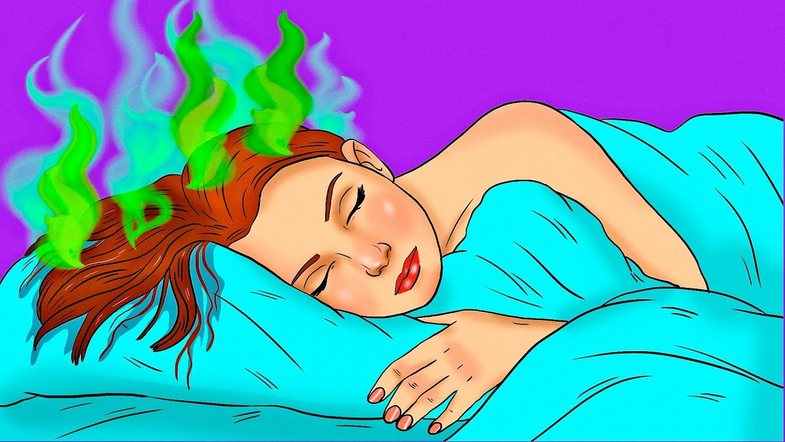
Showering just before bed brings a number of benefits, from removing the sweat accumulated during the day, relaxation, calmness, etc. A shower with warm water relieves stress and tension, while many studies have shown that the shower also improves the quality of sleep. But what about the hair? If you have made a habit of not drying your hair after washing because you find it an annoying routine, after reading this article you will probably rethink the decision of going to bed with wet hair.
According to dermatologist Dendy Engelman, sleeping with wet hair increases the chance for bacteria, which can also lead to damage and irritation of the scalp.
Accumulation of bacteria
"Because the hair is wet and pressed against the pillowcase, the scalp can't breathe," says Engelman. Wet hair is always a risk for the growth of bacteria and fungi.

The pillow or bed may become moldy
When bacteria build up on your head, they can easily transfer to your bed. As with wet towels, if pillowcases and bed sheets are not dried, they can easily become breeding grounds for mold.
Scalp irritation
If the bacteria are able to stick to the scalp, it can lead to infections in the roots of your hair. This means you can end up with overactive sebaceous glands that lead to symptoms like dandruff, irritation, itchiness and patches on the scalp.
Fungal or bacterial infections
"Finges are common infections that you can encounter when you sleep with wet hair," says Dr. Engelman. These conditions cause the hair follicle to become dry, leading to irritation, redness, and acne on the scalp.

Hair breaks easily
"When hair is wet, it's at its most fragile," says Katelyn Ellsworth, a beauty salon manager. Going to bed with wet hair is one of the worst things to do, especially if your hair is prone to damage.
You can damage the extensions.
Whether you clipped in, glued in, or sewed your hair in, you spent money growing it. One cause of damage to these hair extensions can be tangling with the original wet hair. Detangling or combing can then be excruciating.
Source: Reader's Digest







